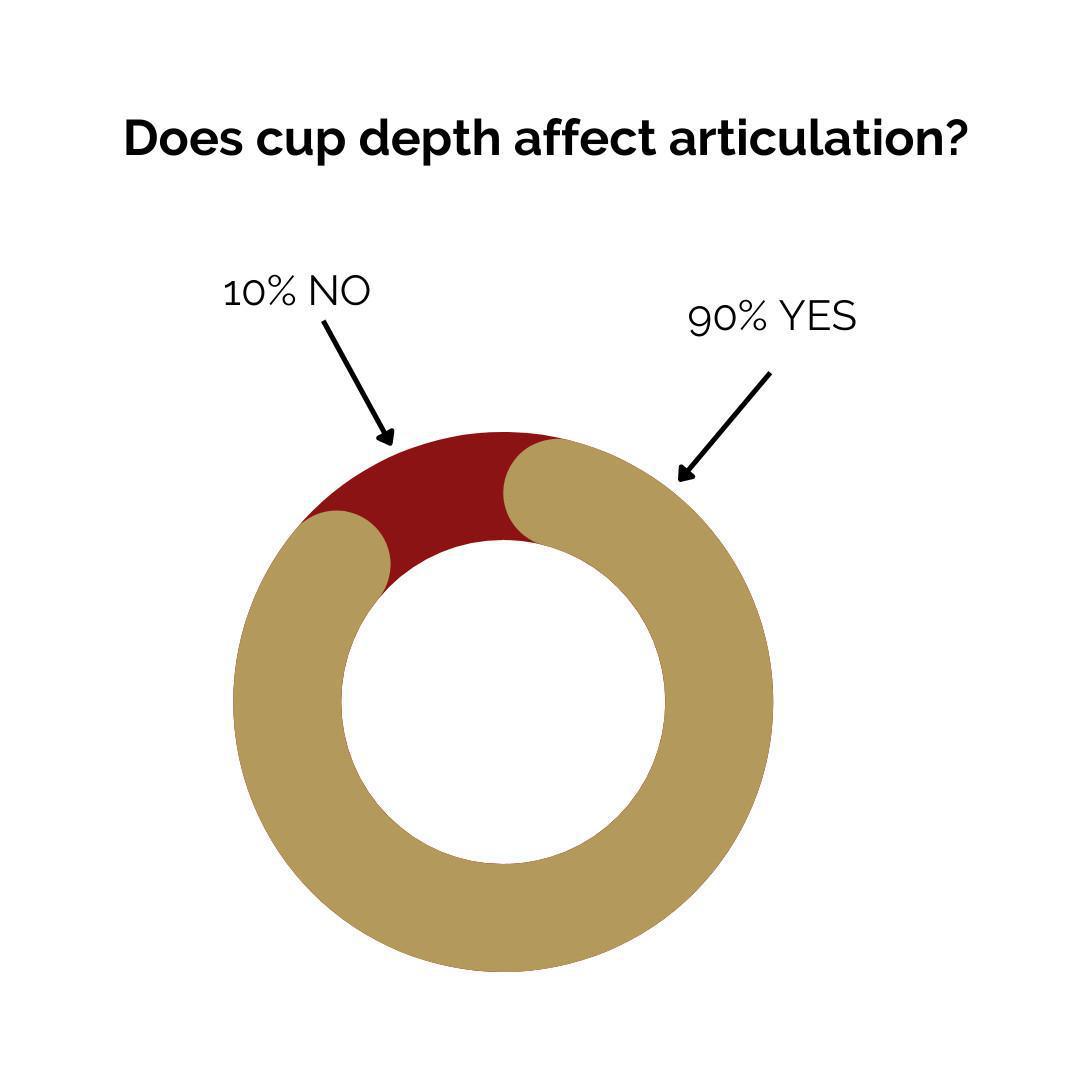When we think about cup depth of a brass instrument mouthpiece, we generally think about how they will affect the sound. Generally, a large cup will provide a dark sound, where a shallow cup will produce a brighter more projecting sound. Is sound the only thing that the cup affects, though? We recently polled our Denis Wick community with this question: Does the cup depth affect articulation? Each player is different, and while we here at Denis Wick have some specific ideas about how the right cup contour can assist your performance, we also realize each player has their own experience with this, and feels support from a mouthpiece in different areas.
Find this weeks poll results and a few selected response from our community's experience with cup contour as it relates to articulation, as well as an answer from Denis Wick Products CEO & professional tuba player and teacher, Stephen Wick.
Some answers from the Denis Wick Buzz community:
What has been your experience with the affect of cup depth on your articulation?
"Deeper cups soften my articulations but also provide a nice balance for “brittle” tonguing."
"If moving to a deeper cup, one might find that the sound doesn’t respond as quickly until the player gets fully adjusted to the deeper cup, resulting in a weaker articulation during the transition. Inversely, if moving to a shallower cup a player might find the sound responds faster and might over-articulate during the transitional period. "
"I’ve used a few mouthpieces and the articulation I found doesn’t really have to do with depth but more with how mouthpiece weight is distributed.
"I believe that articulation is affected by cup depth but only in the extremes. Players may notice the difference between a very shallow piece and something mid range then again from mid depth to something very deep. Additionally, I feel that articulation is increasingly affected by rim thickness/cushion."
"Tonguing is internal. The mouthpiece acts as a microphone for the oral cavity and lips, but is external. "








